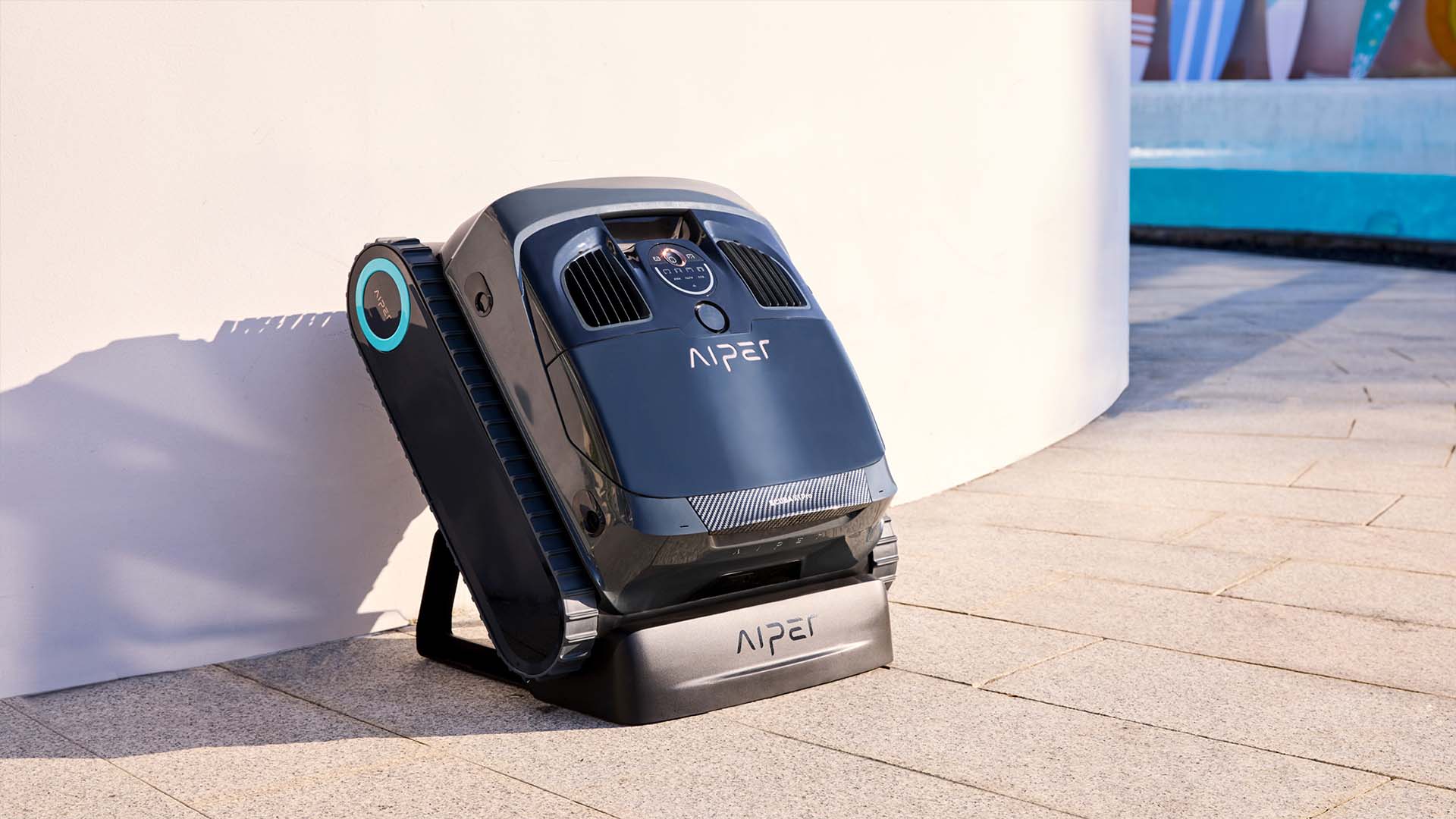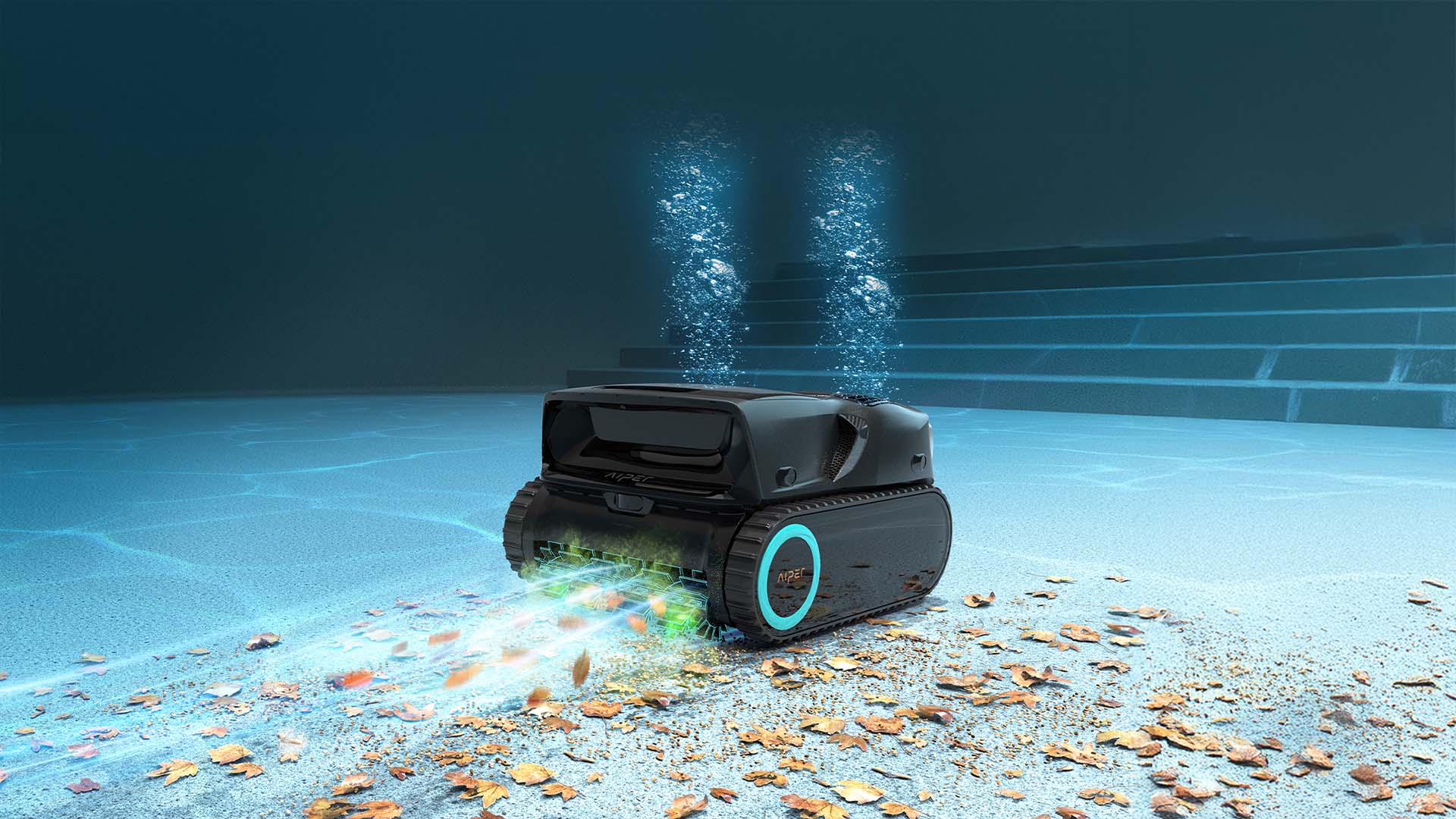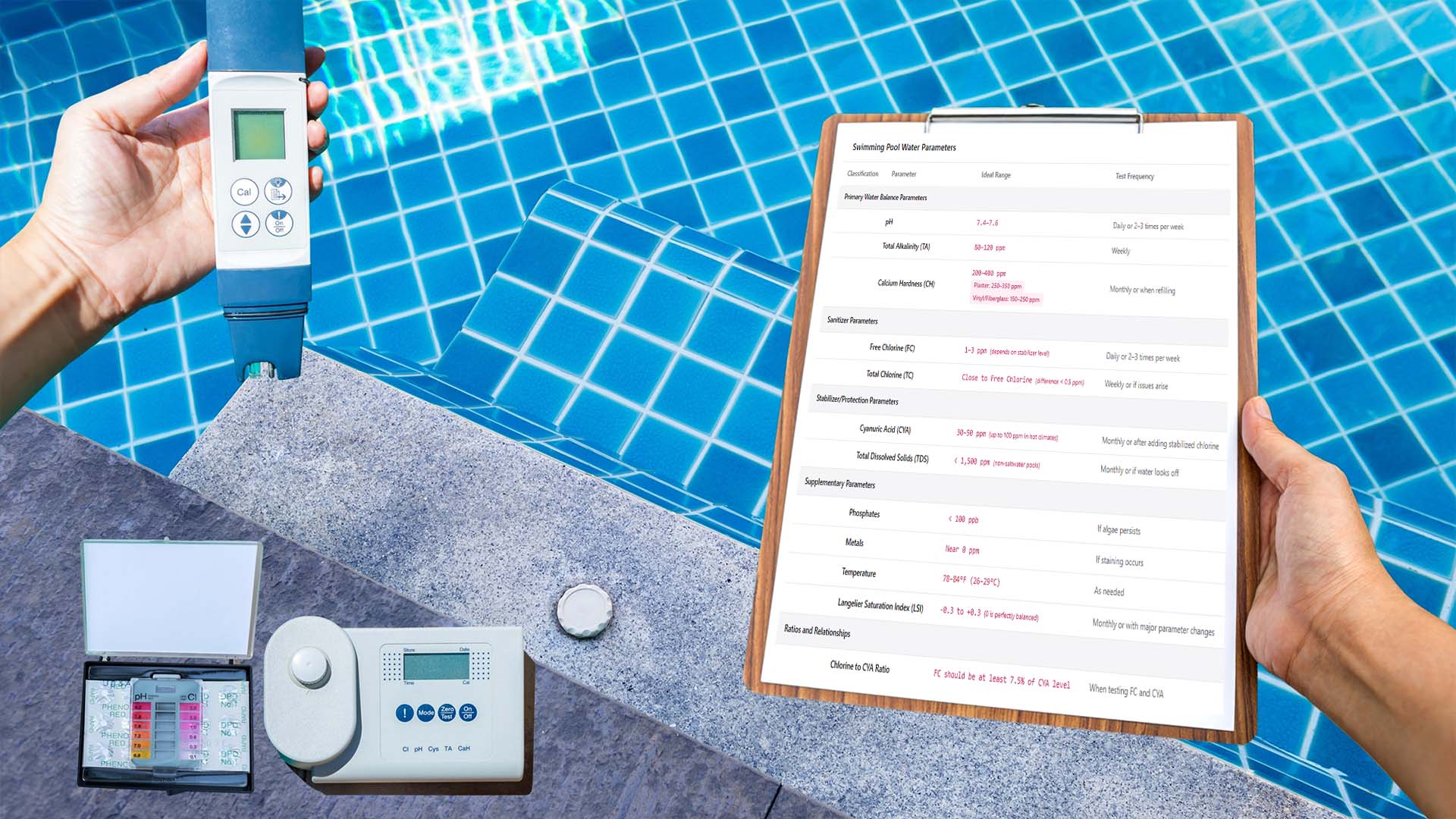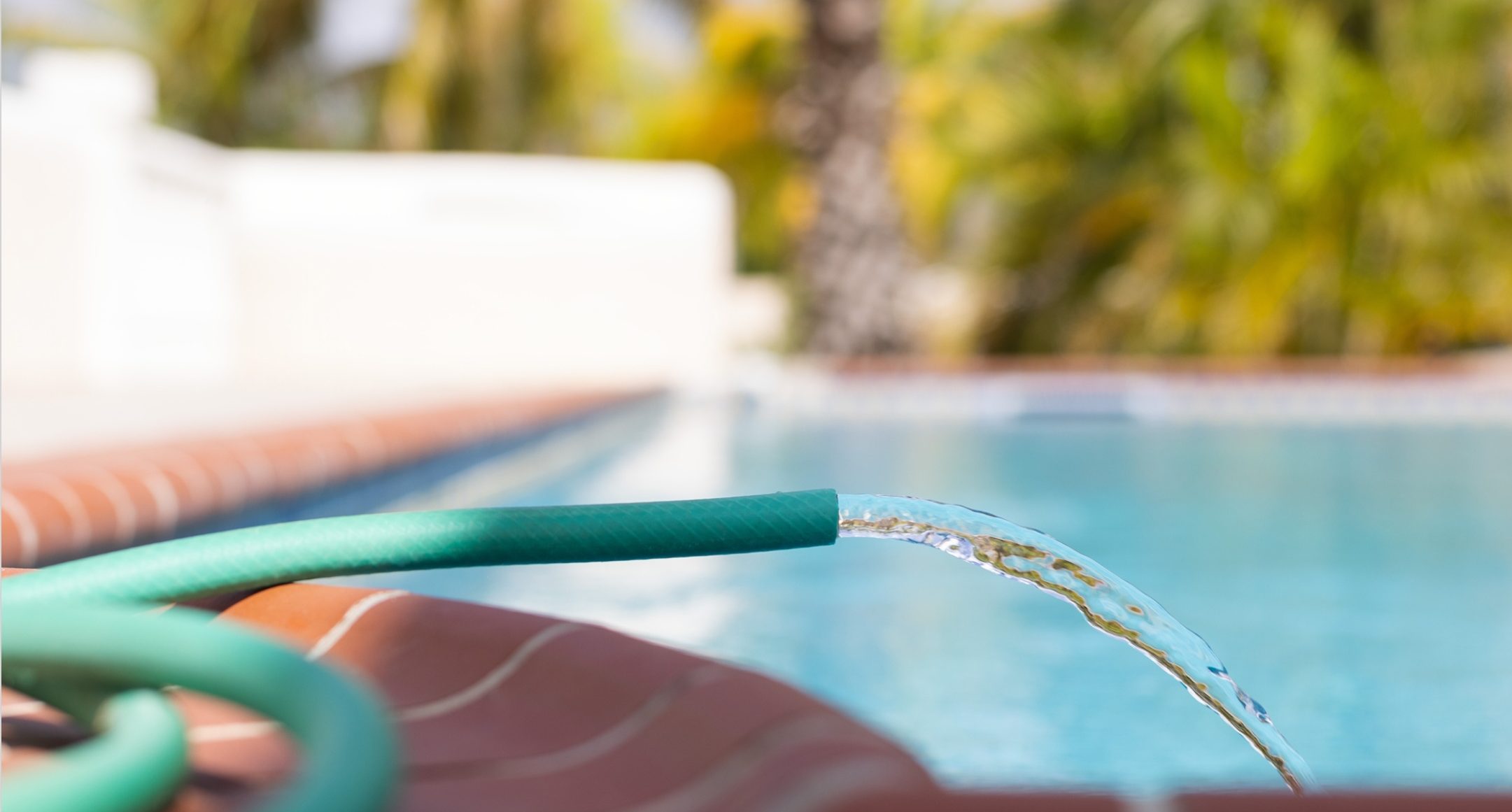
How to Prevent Debris Damage to Your Pool Cleaner
You drop your pool cleaner into the water, expecting an immaculate pool in the next few hours. Instead, you watch it suffer—hooked on all kinds
Subscribe Now to Get AUD $15 Off Coupon

You drop your pool cleaner into the water, expecting an immaculate pool in the next few hours. Instead, you watch it suffer—hooked on all kinds of leaves, stuck within twigs, or slowed down by fine dirt clogging its filter. Very frustrating, isn’t it? Debris silently does the wear and tear on your pool cleaner, finally leading to its breakdown, costly repairs, and sometimes replacement. Fortunately, however, you can keep it running smoothly regardless of whether you follow a few simple steps. So, let us discuss how you can safeguard your robotic pool cleaner from any possible debris or damage.
Your robotic cleaner is built to handle dirt, but excess debris can cause trouble. Here’s how:
Most robotic cleaners run using filters, brushes, and suction to perform their functions. Failure to work efficiently due to debris jamming will slow their performance and lead to their breakdown sooner than expected.
Want to keep your pool cleaner running like new? Follow these five simple pool cleaner troubleshooting tips:
Spend the first moments cleaning up large debris before powering on your robotic cleaner. Remove leaves, twigs, and floating dirt using a skimmer net. This reduces the burden on your cleaner, stopping any jams and blockages from occurring.
A blocked filter usually lowers suction efficiency, placing an extra load on the motor. After each cleaning cycle, the filter should be flushed. Some filters may require deep cleaning with light soap; check the manual for comprehensive directions.
Hapless plastic and rubber parts become weaker against these debris attacks if water is unbalanced. Ideally, the pH of the pool water should remain between 7.2 and 7.6 for optimal performance.
Brushes, wheels, and tracks can trap debris, affecting movement and efficiency. Check these parts after each cleaning cycle. If anything looks worn or stuck, clean or replace it to prevent bigger issues.
Avoid running your cleaner right after a storm when debris is heaviest. Instead, skim the pool and remove larger particles before turning on your cleaner. This simple step can prevent unnecessary wear and tear.
With just a few minutes of skimming the pool, rinsing the filter, and checking moving parts, you’re able to save yourself expensive repairs later on. A well-maintained cleaner is more durable and efficient and creates the image of a clear pool. Following these simple steps will keep your robot pool cleaner on the job and out of bounds to unexpected breakdowns.
While these tips help, some cleaners are simply better at handling debris. You should consider upgrading if your old pool cleaner model doesn’t fit the bill despite your best assistance. The robotic pool cleaner Aiper Scuba X1 Pro Max is designed with powerful suction (8500 GPH) and can tackle debris easily, thanks to its durable construction and smart technology. It will not let you down with the heavy cleaning while you just make time for this once-in-a-blue-moon.
Protecting your pool cleaner from debris is a straightforward process – cleaning, rinsing filters, checking water chemistry, inspecting moving parts, and timing your cleaning just right. Here again, a little effort means fewer repairs and longer-lasting cleaners. If pool debris is at stake, it would be absolutely necessary to upgrade to a high-performance cleaner like Aiper; it would make pool cleaner maintenance easier. In either case, whether you stick with your brand of cleaner or go for the more advanced one, keeping it in good shape will translate into good cleaning and less stress when it comes time for a swim.

You drop your pool cleaner into the water, expecting an immaculate pool in the next few hours. Instead, you watch it suffer—hooked on all kinds

Love swimming but are tired of constant sneezing and itchy eyes? Turns out you might be dealing with pool allergens. As spring approaches, so does

Maintaining your pool’s clarity and safety requires careful attention to water chemistry, far beyond simply relying on chlorine or a saltwater system. Achieving the proper

Did you know that some pool water bugs can deliver a bite as painful as a bee sting? Water bugs in pools might seem harmless,

Hard water havoc! Mineral buildup from hard water doesn’t just clog pool filters and pipes, slashing vital water circulation and filtration efficiency. It can also
Aiper 2025. All Rights Reserved